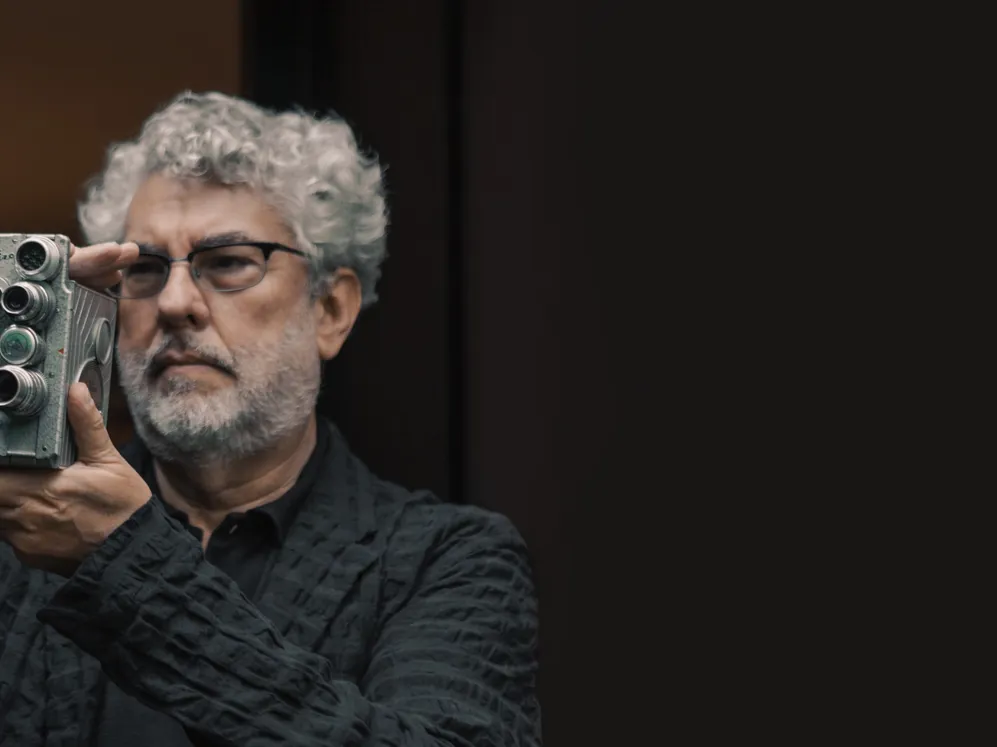
Words Allison Reiber DiLiegroImages Derek Fernandes
“One of the main goals of our project was to hide it,” the renowned Brazilian architect tells us of Patina Maldives, Fari Islands. The hotel’s sleek, effortless quality—subdued, sophisticated lines; open panoramas—belies the balancing act that brought it to life. In fact, that act took a team of coastal engineers, landscape architects, artists—including the mythical American light artist James Turrell—and the owner, Singaporean hotelier Evan Kwee, who knew he wanted to work with Marcio Kogan’s award-winning studio MK27 from the outset.
“I think he thought it was a prank,” Kwee laughs as he tells the story of their first interaction. “The Maldives was far away from Brazil, and MK27 had never done a hotel before.” But to Kwee’s delight, Kogan signed on. “I’ve always appreciated and respected his aesthetic. He’s able to create super-precise and contemporary architecture, then soften it with texture and tactile materials for the interiors.”
Most importantly, perhaps, all the creators involved shared the vision that their greatest master would be nature. As Kogan says, “It became our mission not to destroy the amazing surroundings.” Here’s how they pulled it off.
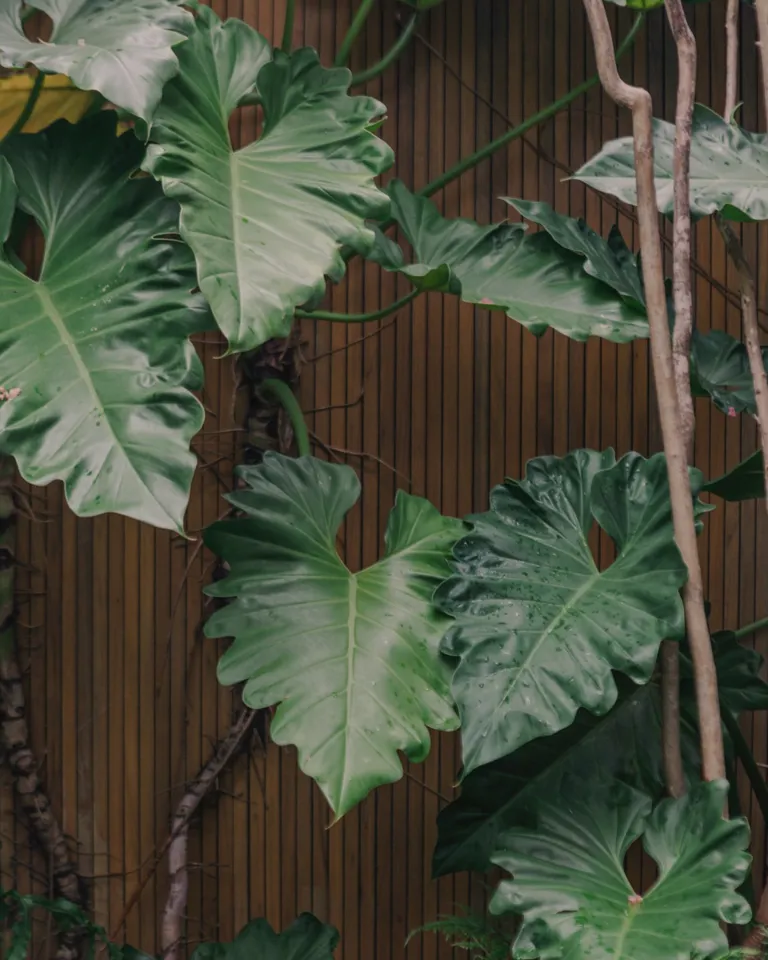
Nature abounds both indoors and out
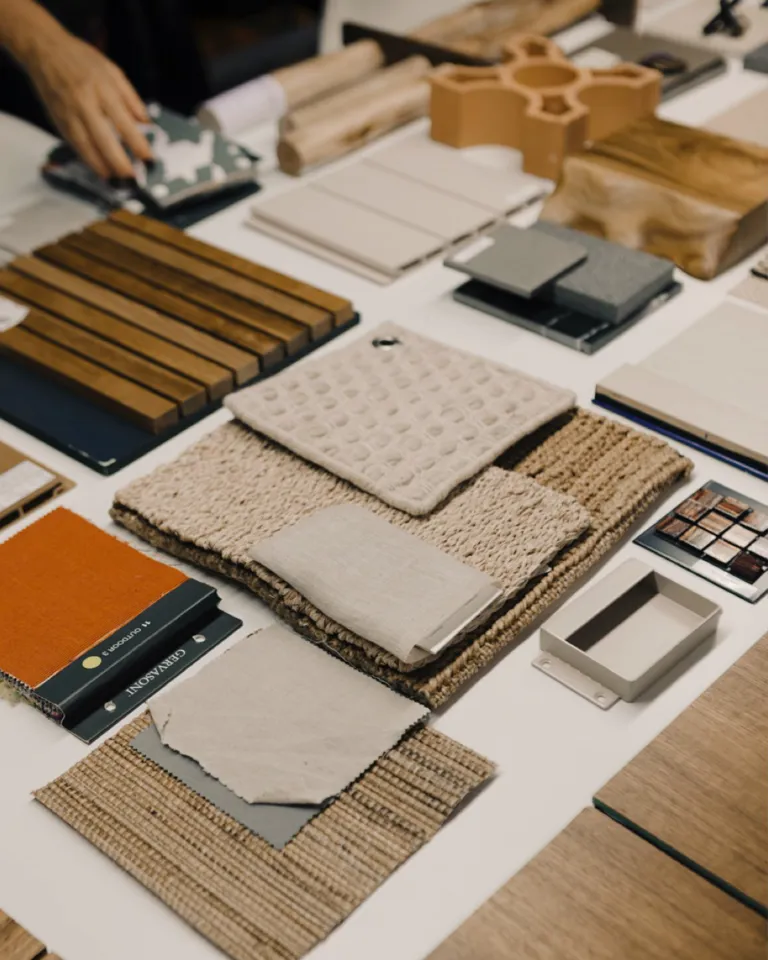
Rattan, linen, and stone are textures inherent to the island
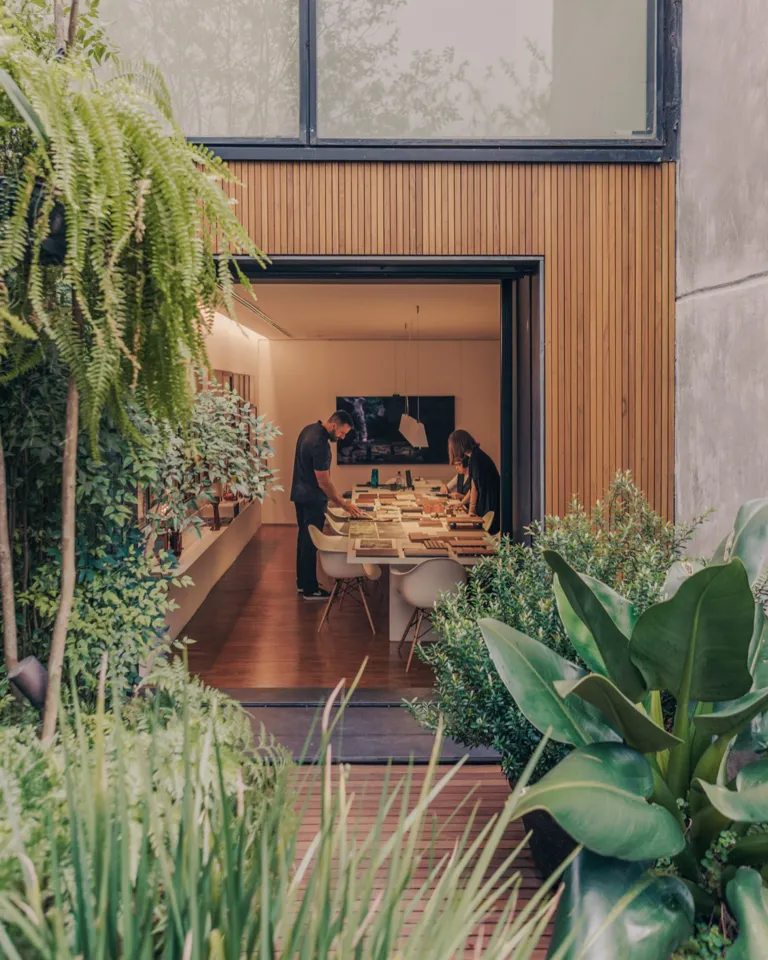
Studio MK27’s design team pores over material swatches
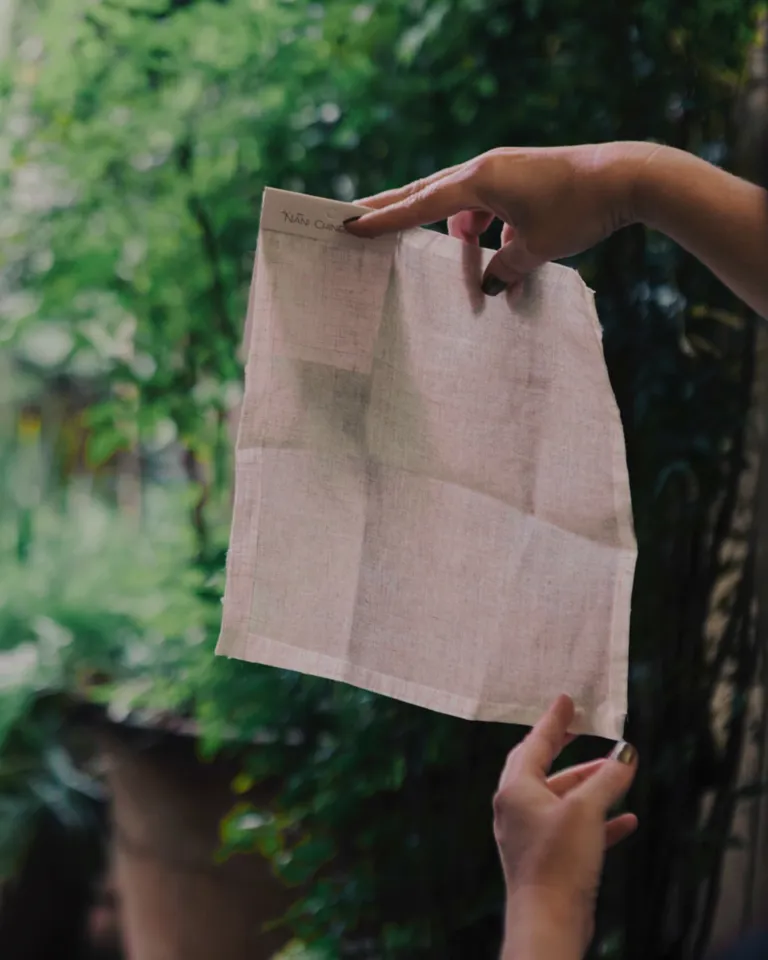
Organic materials lend warmth to the minimalist architecture
One of the main goals of our project was to hide it. Everything must be very timid—nature is more important than architecture. Like the Brazilian architect Oscar Niemeyer, our master, used to say: “Architecture is not important. It is our family, our friends, life, nature—that’s what counts.” The beautiful sky and the impressive sea are the focus.
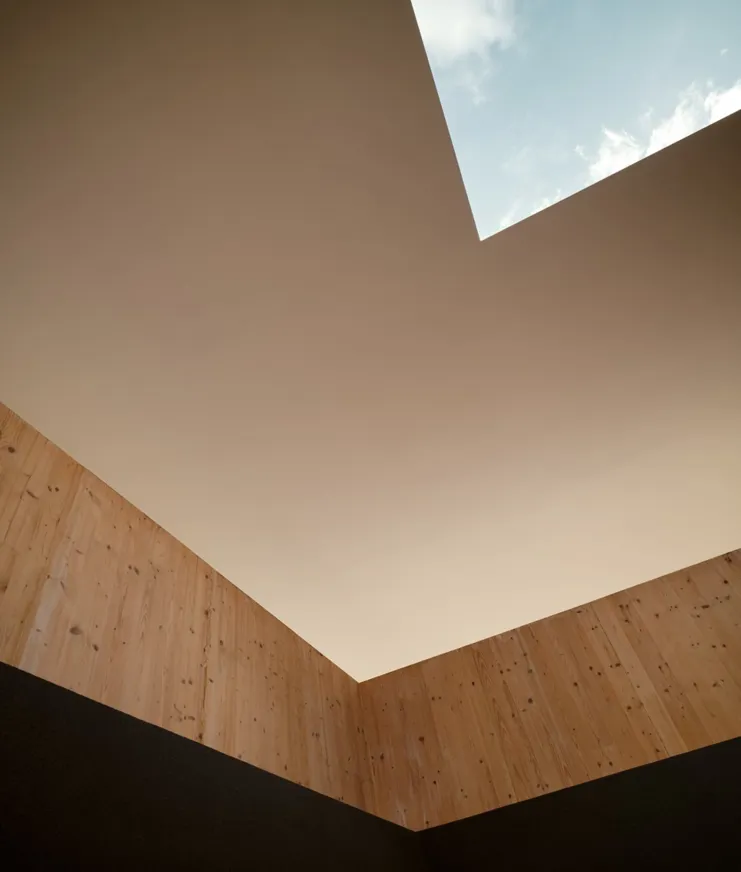
The property features a site-specific installation by light artist James Turrell
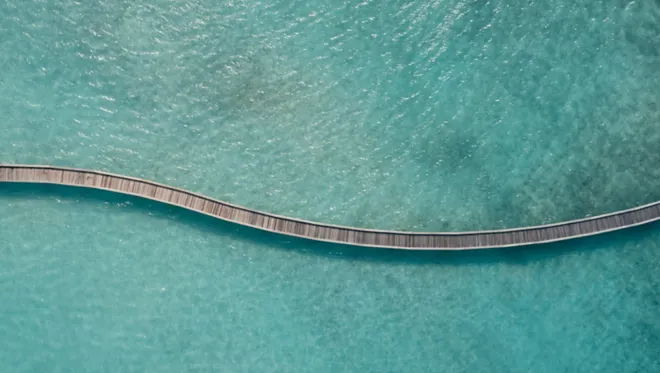
Patina Maldives, Fari Islands is surrounded by the Indian Ocean’s azure waters

The work of Cássio Vasconcellos is displayed in the guest rooms
We recreated the relationship between humans and nature that has existed for thousands of years. In our architecture, there is no difference between the exterior and the interior. It is like a see-through curtain that dissolves the borders. We also brought nature into the rooms through commissioned artwork by Brazilian photographer Cássio Vasconcellos. The space is meant to be a joyful experience for the senses brought to life by natural materials such as wood, stone, and organic fabrics, and special light pendants that we designed.
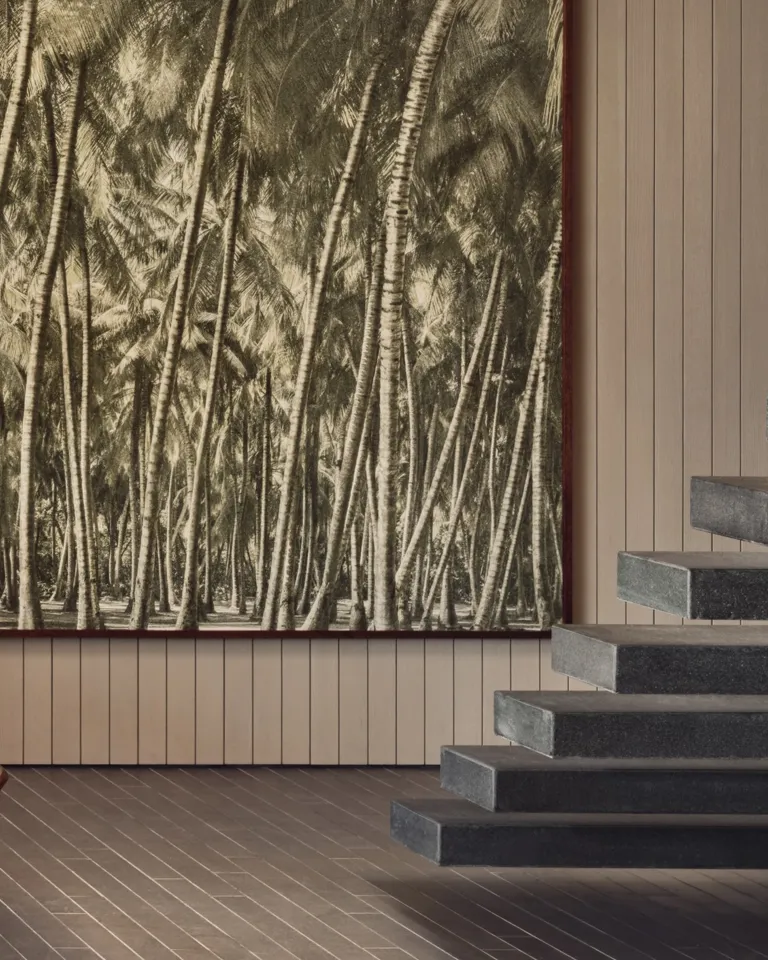
Nature continues within through wide windows and photography
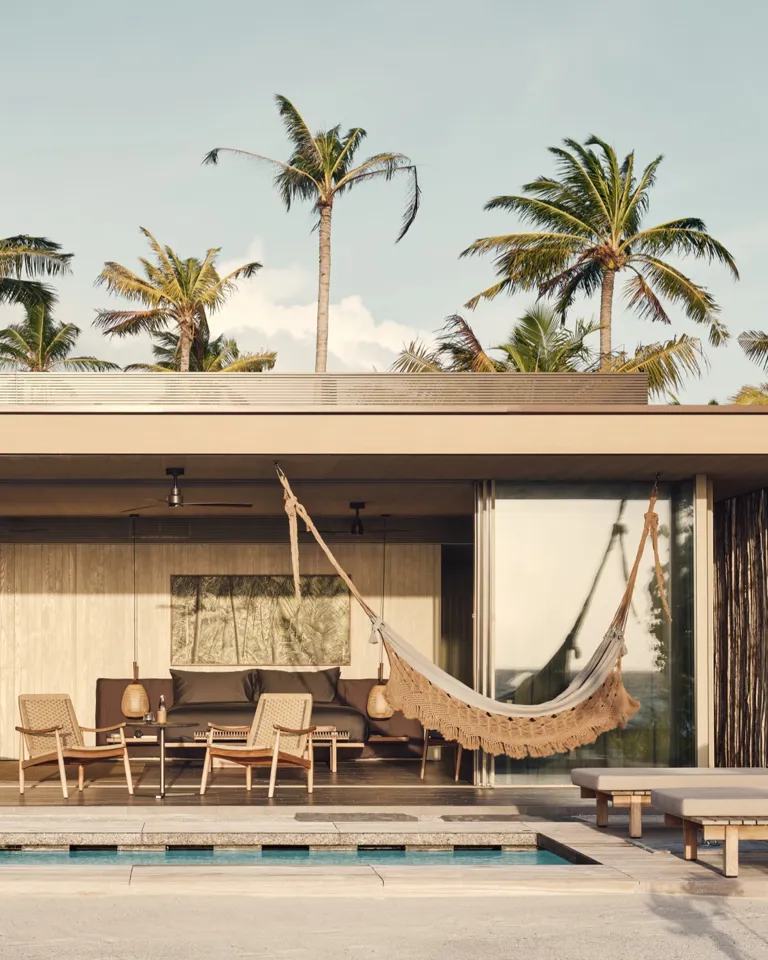
MK27 brought their own brand of tropical modernism to the island
It was the logistics. We normally control the whole process, from the initial design to the construction and after-construction procedures. This time, with the project being remote and so far away, it was more difficult. We had people from all different parts of the world—the landscape designer in Beirut, the light designer in Australia—which enriched the project enormously, but also posed a challenge when making everything come together in the end. While we had to learn a lot, it was a great pleasure to work with such a nice team. It was a challenge, but the result speaks for itself.
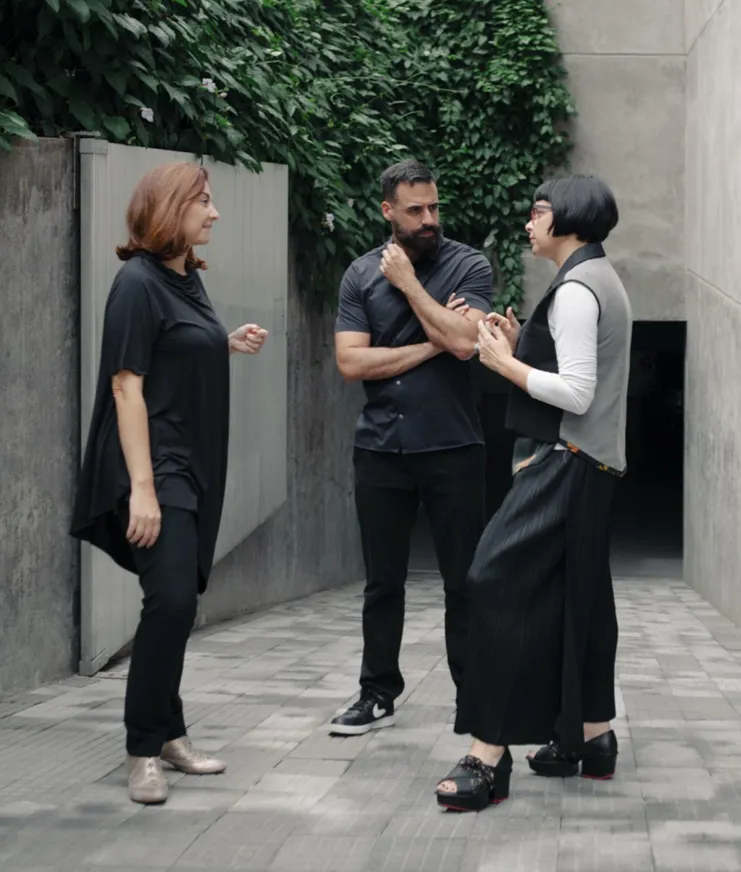
Studio MK27’s director Renata Furlanetto, interior design manager Pedro Ribeiro, and interior design director Diana Radomysler
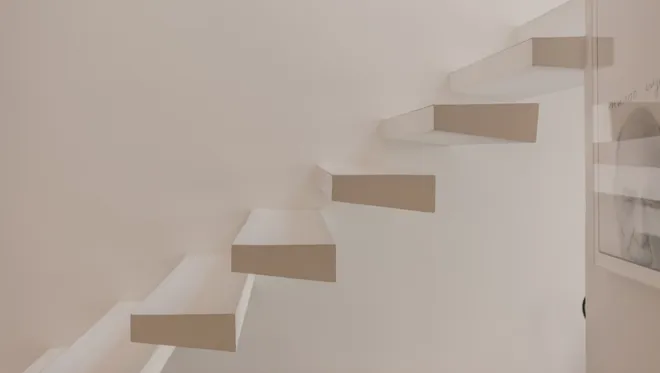

Organic textures add warmth to the architecture’s minimalism
An important place inside my heart is Italy. There, I work with Italian brands and I also teach at Politecnico di Milano. Everything in our life influences our work to some extent. To be an architect, you need to know what is going on around you—you can’t be isolated. You are a kind of sponge that soaks up influences, which I like very much. Once I was with a very important Brazilian architect, Paulo Mendes da Rocha, and he said to one of his students: “If you just read architecture magazines, if you only visit websites about architecture, you will never be a good architect.” So true! One needs to experience things, too.
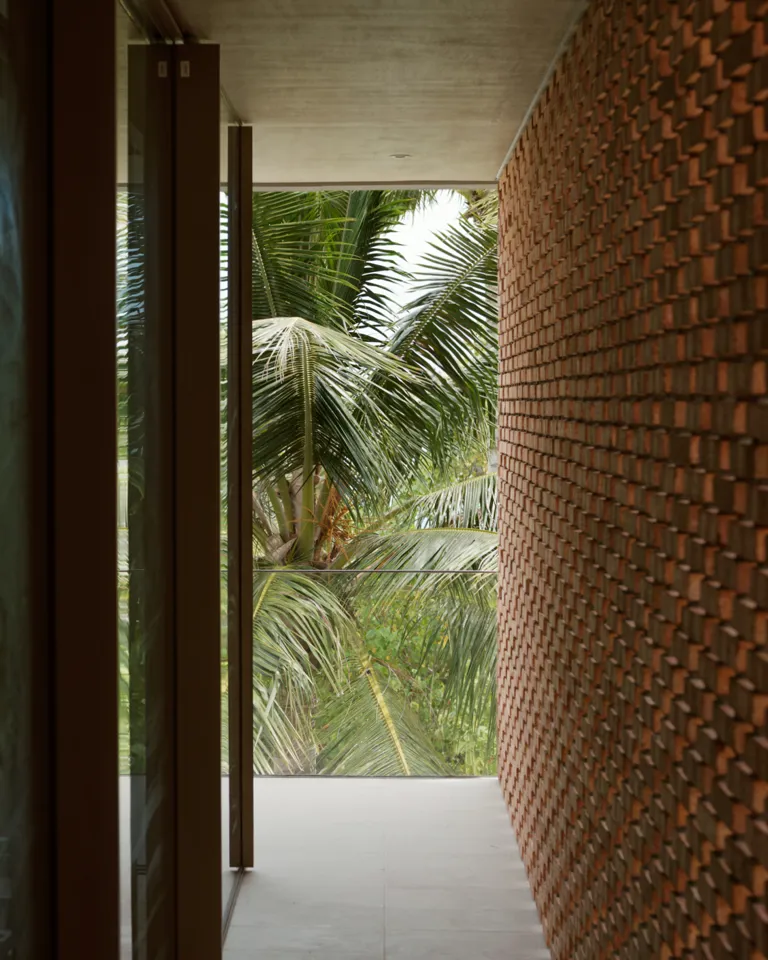
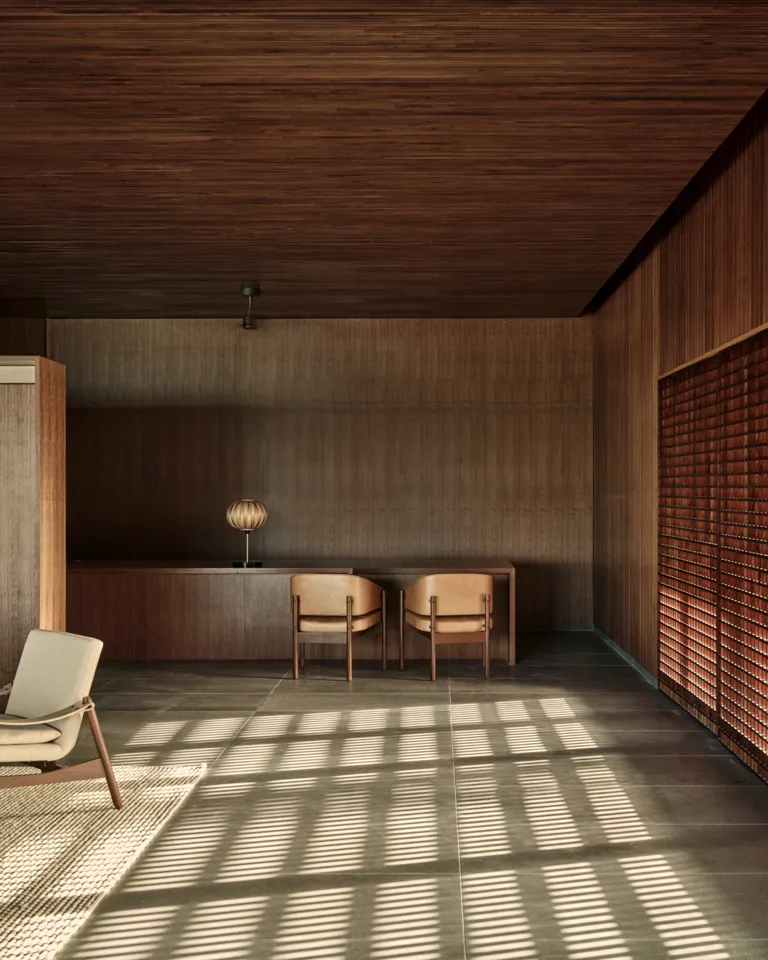
All of our projects are integrated with nature. Sometimes you don’t know where the interior stops and exterior architecture begins. Understandably, in places like Brazil and the Maldives, this combination of indoor and outdoor is easier to put in place. However, we had a project in the mountains in Canada and nobody imagined that we could create something similar there, but we did. We built a sort of glass box with amazing views and inner patios. Okay, it’s easier when you’re in Brazil and can open everything up, but it worked. Even in our sea villas in the Maldives, you can open all the windows and feel as if you are floating in the ocean.
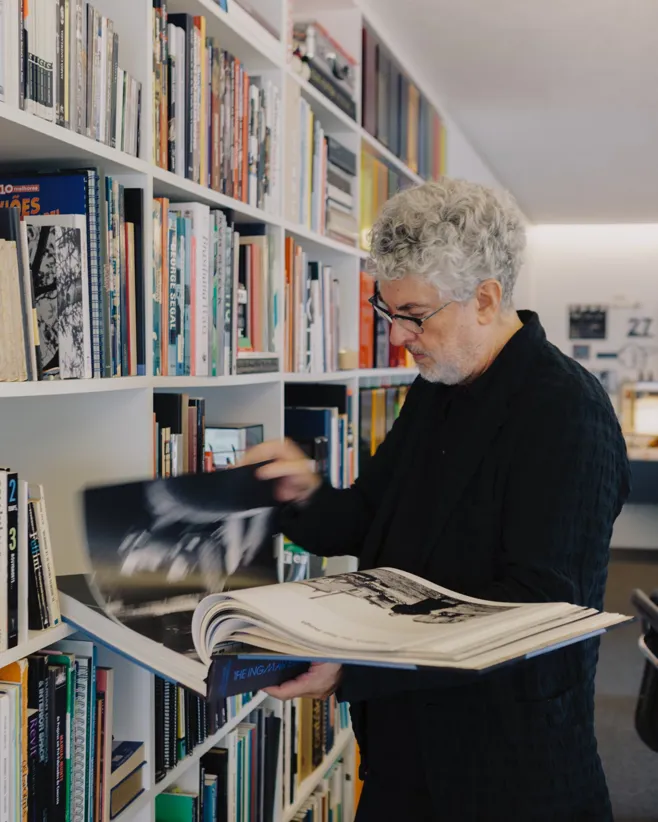
Marcio Kogan